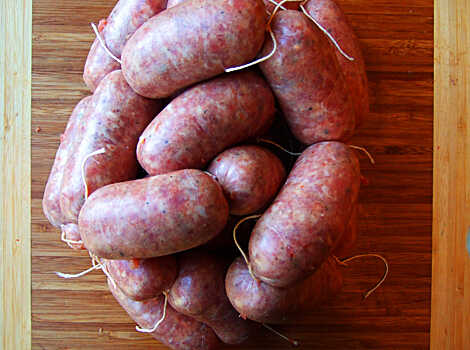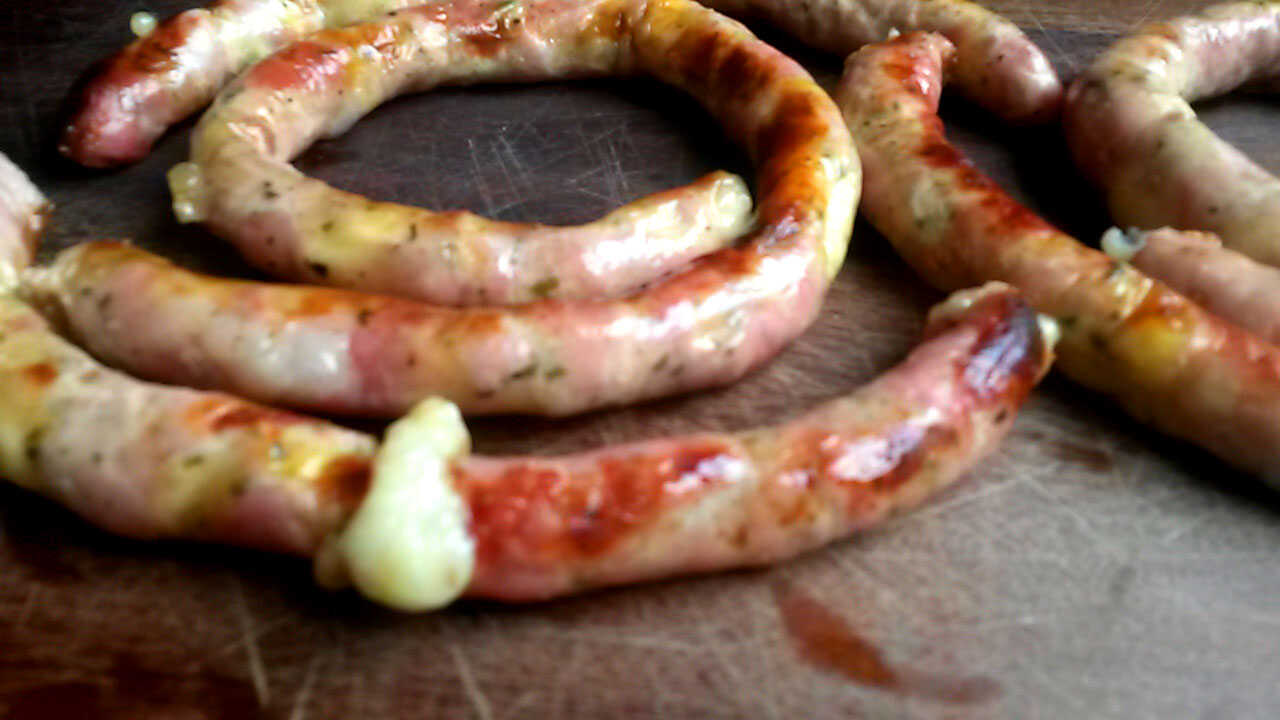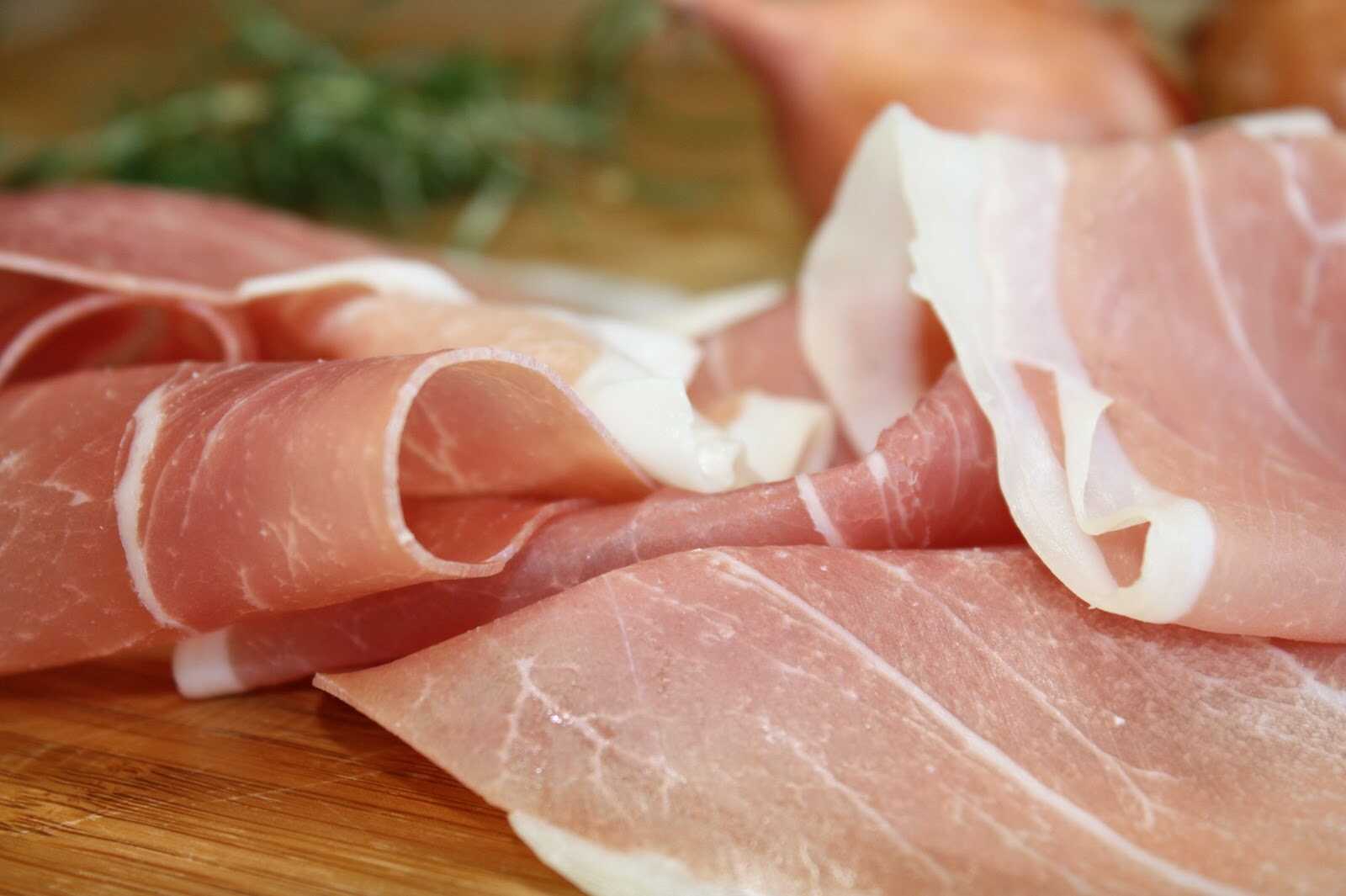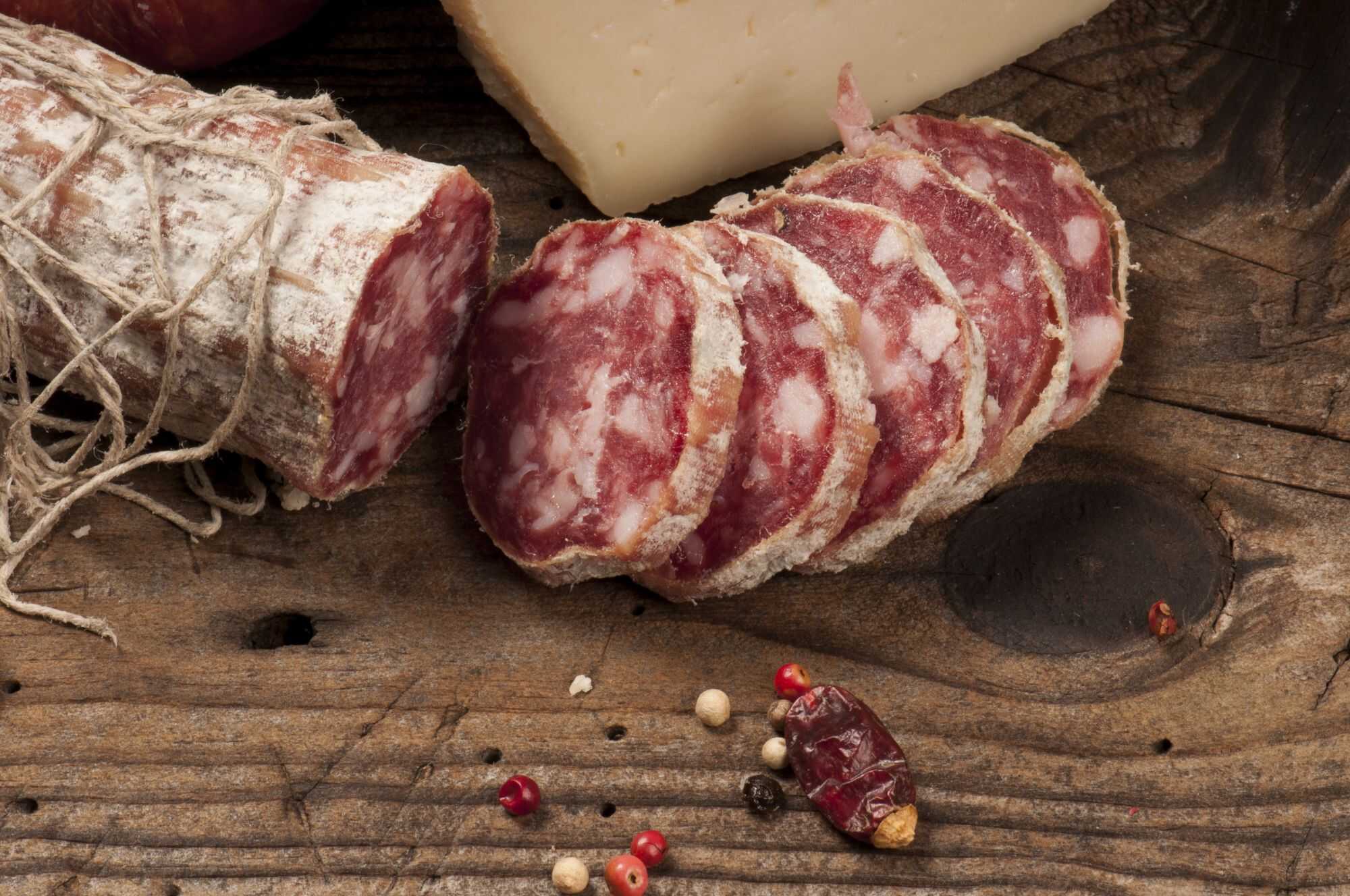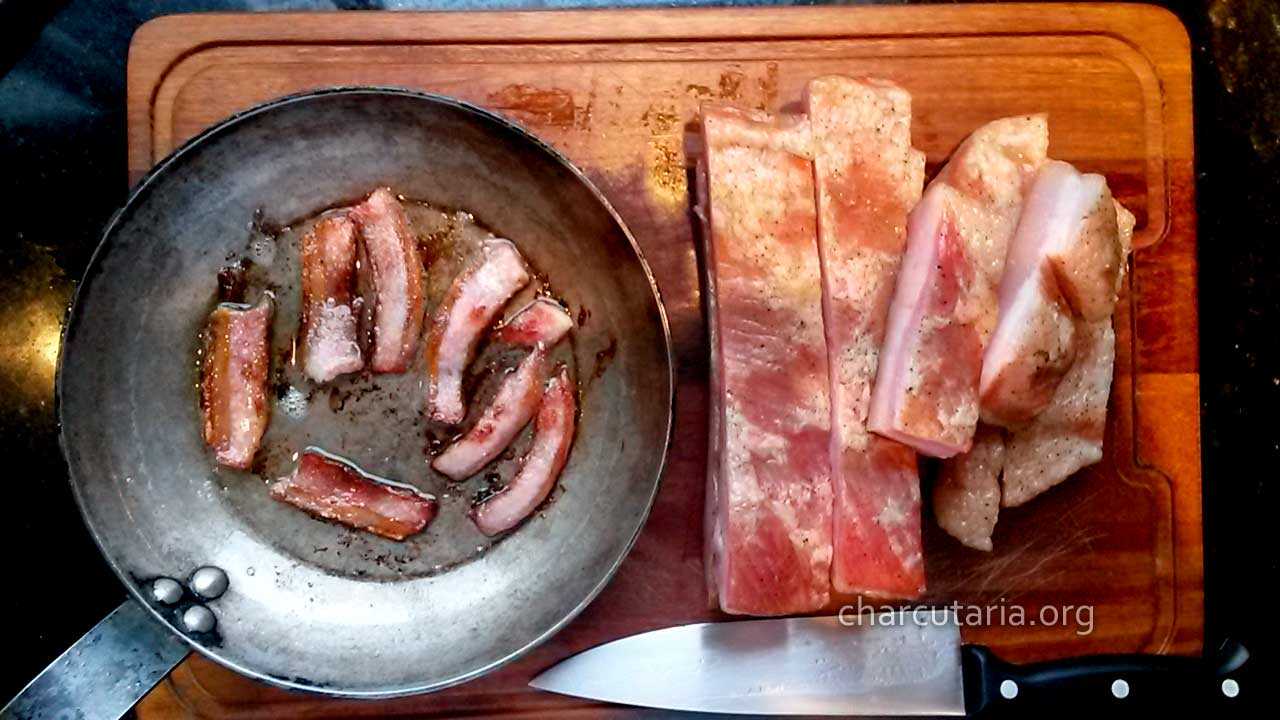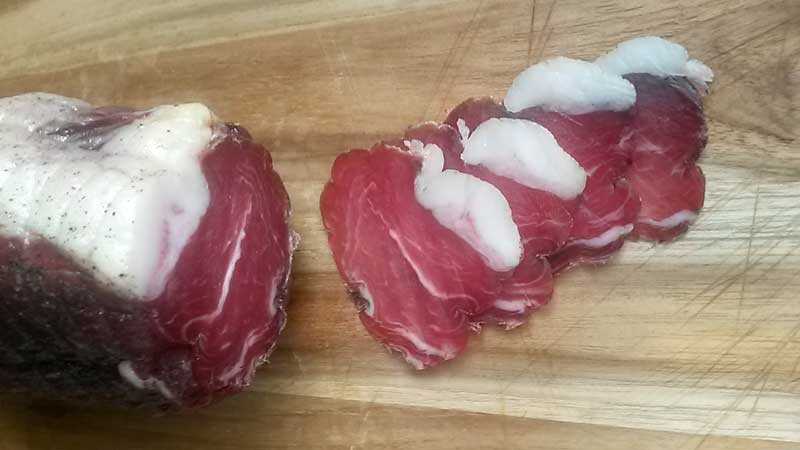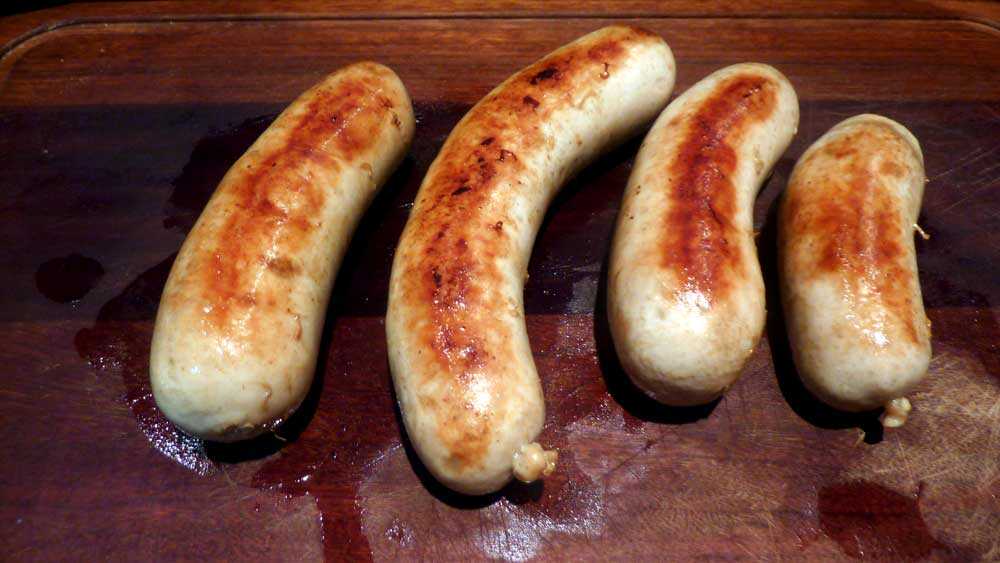
German sausages are famous for their excellent production and diversity of recipes. Bratwurst sausage is a type of German sausage made from veal, beef and/or pork. The name comes in German from Brätwurst, brät (finely cut) and Wurst (sausage), although currently the understanding also refers to the verb braten, which means fried or roasted. Continue reading Receita de salsicha alemã Bratwurst caseira natural


